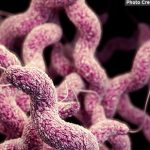Tips to avoid food poisoning at home
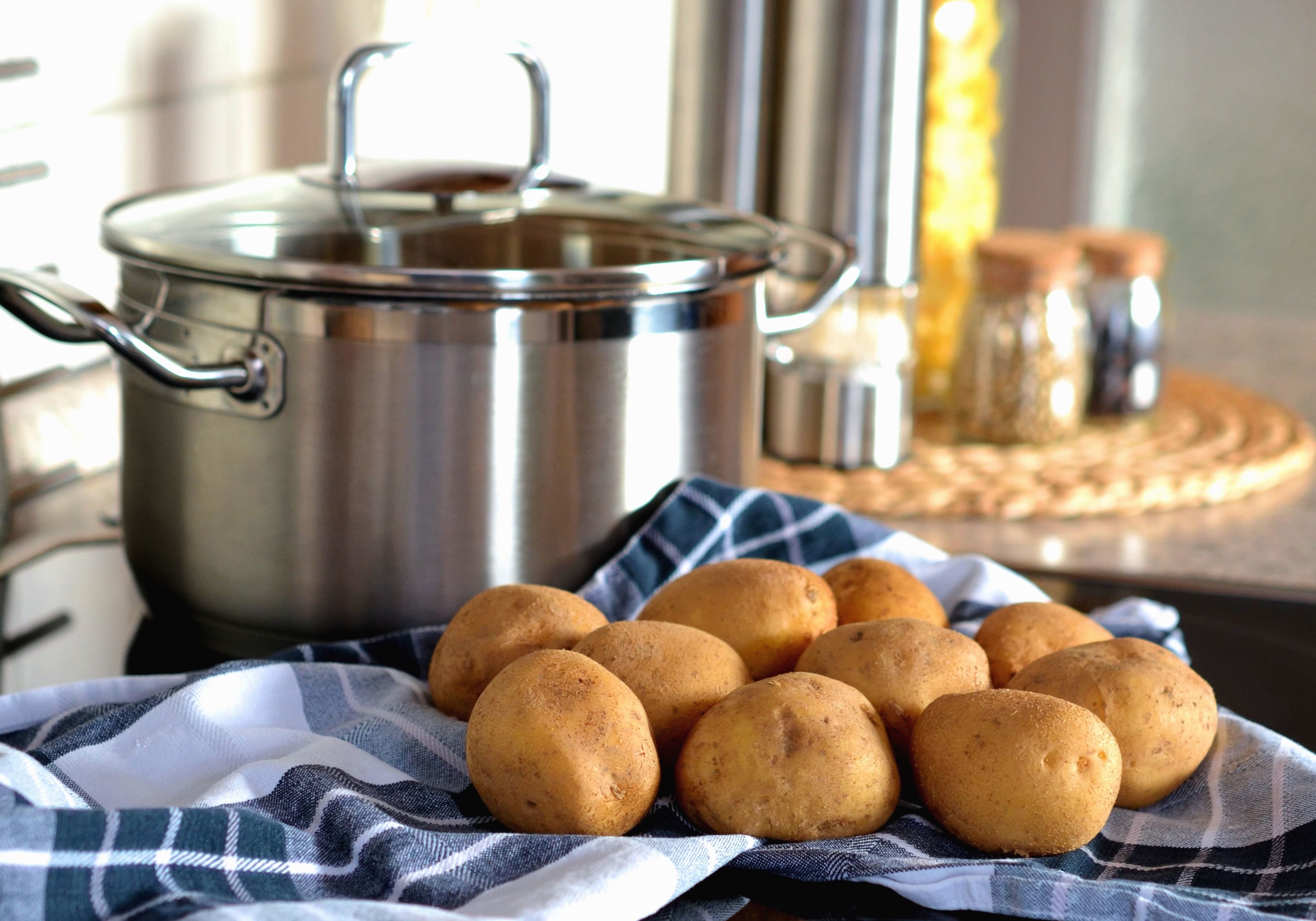
Who has ever had a gastroenteritis? In most cases, those responsible for this bad experience are Campylobacter and Salmonella, two zoonotic bacteria that are transmitted through the consumption of contaminated foods. In times of family encounters it is a good time to review some guidelines to avoid these cases in our homes.
These microorganisms are found in the intestinal tract of birds and mammals without, normally, causing the disease. Instead, people can become infected if they consume food contaminated with these bacteria. Campylobacteriosis and salmonellosis are two zoonotic diseases, that is, they are transmitted from animals to people. According to recent data from the European Food Safety Authority (EFSA), for a decade, campylobacteriosis is, by far, the leading cause of infections due to poisoning through food contaminated with the bacteria. Secondly, we would find salmonellosis, more popularly known and with similar symptoms. To prevent these infections follow basic hygiene practices when preparing meals and cooking.
Campylobacter, the main responsible of gastroenteritis
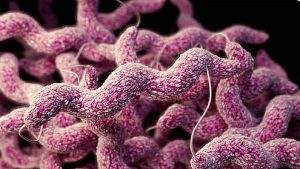
Campylobacter. Source: CDC
The infections caused by Campylobacter are mild gastroenteritis. People, the symptoms are diarrhea, fever, nausea, vomiting, abdominal pain, headache and muscle aches. In general, it occurs in the form of individual sporadic cases, but when it is a group of people who are sick due to the same source of infection there is talk of outbreaks. These gastroenteritis are not serious, but if there are complications there may be sequelae such as reactive arthritis and Guillain-Barré syndromes (SGB), an autoimmune disorder that affects the nervous system, and Miller Fisher, a variant SGB disease.
The Campylobacter bacteria is found in raw meat, especially chicken and other poultry, and in raw milk. In fact, outbreaks are normally due to the consumption of raw milk and untreated water. The other foods we use in the kitchen when we prepare a meal can be contaminated with this bacteria if they come in contact with raw meat, utensils, surfaces, hands or clothing that have been in contact with contaminated raw meat and have not been properly cleaned . These cases involving some intermediate element to cause the infection are called cross contamination.
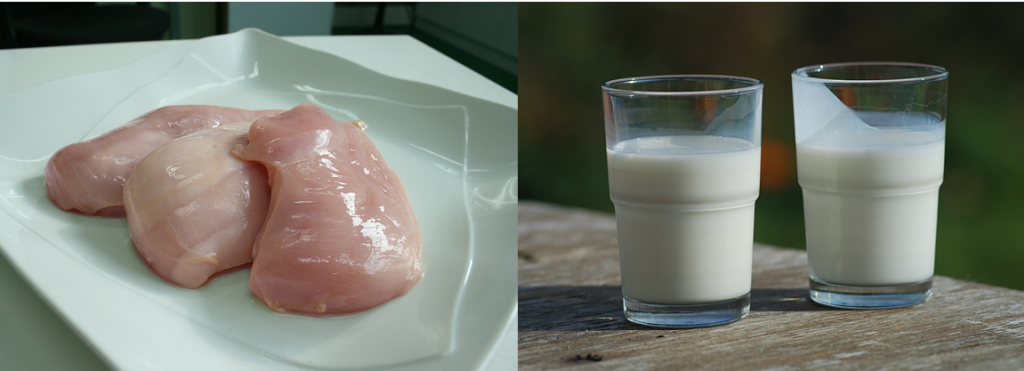
Campylobacter is found in raw meat and raw milk. Right photo: Ukko wc CC
Some tips to avoid contamination by Campylobacter are:
- Store properly the meat: the meat must be stored in the refrigerator at the correct temperature (5 °C or less) and well wrapped in its original container or in a clean and covered container. You have to keep it in the bottom of the refrigerator to prevent the juice that produces drip on other foods and contaminate them.
- Do not wash the raw chicken: it is not necessary to wash chicken before cooking. Washing the raw chicken can lead to cross contamination and can be extended to other food or kitchen utensils through splashing.
- Keep the kitchen clean: you must clean all the utensils and surfaces after handling the raw meat, as well as wash your hands with soap and water. If everything is kept clean, other foods can not be contaminated.
- Properly cook the meat: it is necessary to cook the food sufficiently, especially the meat, and above all the chicken, eggs and fish, until reaching 75ºC in its center, since the cooking kills the bacteria.
- Chicken meat can never be consumed raw: when cooking chicken, it is necessary to make sure that it loses the pink color and the juices are clear.
- Do not consume raw milk.
Salmonelosis: not only eggs
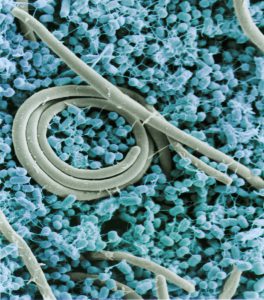
Salmonella Enteriditis. Source: USDAgov (CC BY 2.0)
The most common symptoms appear between 6 and 72 hours after ingesting the food with the Salmonella bacteria. They are usually fever, diarrhea, vomiting, and abdominal pain. In healthy adult adults it is generally not necessary to hospitalize and the person recovers after 4-7 days. However, in children younger than 5 years old, elderly people and people with the compromised immune system, salmonellosis can cause more serious symptoms and even put life at risk. Complications for gastroenteritis caused by salmonellosis are reactive arthritis and Reiter’s disease.
The foods that we can find most frequently Salmonella are eggs and their derivatives and chicken meat, pork and veal. In addition, there are different varieties of bacteria, so each type is found in certain foods. Salmonella Enteritidis is typical of laying hens and chicken meat; Salmonella Typhimurium is related to pork and beef, and to a lesser extent with chicken.
How to avoid salmonelosis at home?
- You have to completely cook the eggs and the meat before consuming them.
- Do not leave the food made with eggs at room temperature more than two hours.
- Wash hands, surfaces and utensils in contact with these foods.

Surfaces and utensils must be cleaned.
Do you have hens at home? Follow these tips:
- Wash your hands with soap and water whenever the chickens and utensils are in contact, as poultry can have Salmonella bacteria to plumage, in the legs and in the feces.
- Use specific shoes and clothing to work where the birds are housed.
- It is recommended that these hens do not have access to the interior of the house (specifically in places where it is cooked and eaten).
- Avoid contact with birds with mouth or face.
- Keep the chicken coops clean.
- Collect the eggs frequently and eliminate those that are broken.
- Keep the eggs cooled.
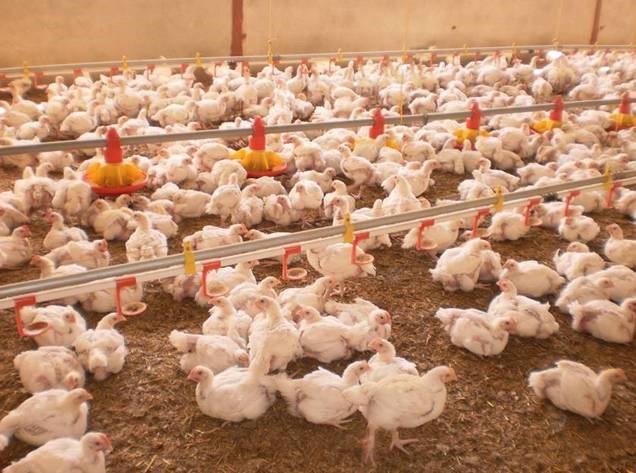
Broiler chickens. Foto: Marta Cerdà
At the Animal Health Research Center (IRTA-CReSA), they investigate these diseases within the research line on bacterial zoonoses and antimicrobial resistance. For example, we are working to develop salmonella vaccines and to improve the control mechanisms of both Salmonella and Campylobacter on farms to minimize the risk of infection in humans.
More information:



